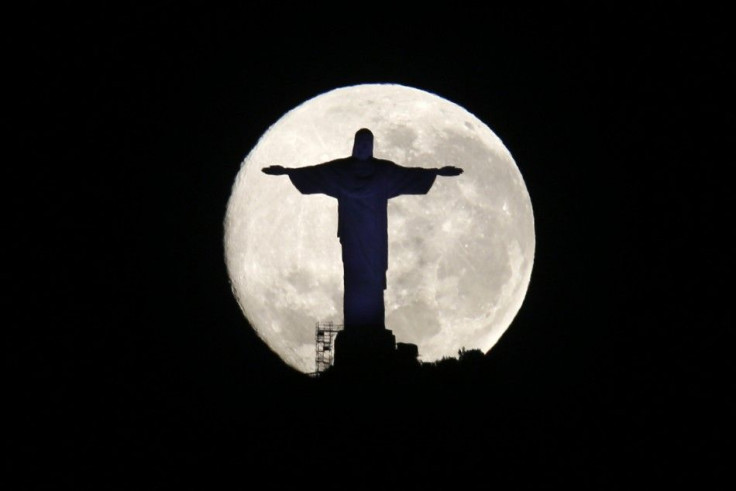Researchers To Study Supermoon Effect On New Zealand's Low-Lying Cities

The appearance of a supermoon may bring flooding in low-lying areas of New Zealand, especially Christchurch. According to research, Dr Deirde Hart from the University of Canterbury Geography Department, the large moon may cause "super high tidal water levels."
In a press release from the University of Canterbury, researchers said they will be using the supermoon phenomenon to study the effect of high sea levels to the drainage systems of New Zealand's coastal cities.
Hart went on to explain that the supermoon phenomenon happens once every 18.6 years when the orbital path of the moon lets it move closer to the Earth. Those who will look at the moon will find it brighter and bigger than the usual.
The researcher said the Earth's waves are determined by the moon's gravitational pull. The supermoon is expected to bring higher and lower tidal water levels on Earth. He mentioned the coast of Christchurch will see a maximum tide level of 2.46 metres.
Hart said the study will be significant since researchers will determine if drainage systems can withstand elevated sea levels, especially in earthquake-prone cities like Christchurch and Tokyo in Japan.
If the weather is clear, astronomers recommend watching the moon on midnight or when the viewer's location is still at a minimum distance from the moon. Reports said the supermoon expected to appear on Sept 9 will be the final one for the year. Although the last supermoon will not be as brighter or bigger as the one on Aug 10, this month's supermoon is designated as the "harvest moon" for appearing the closest to autumnall equinox on Sept 23.
The harvest moon is said to give farmers brighter moonlight for reaping their crops. Some believe the setting of the sun will make the harvest moon look more like an orange, swollen pumpkin. Superstitious beliefs have linked the supermoon to natural disasters like earthquakes and hurricanes. However, these remain as superstitions only since scientists have not found the beliefs to be based on facts.





















